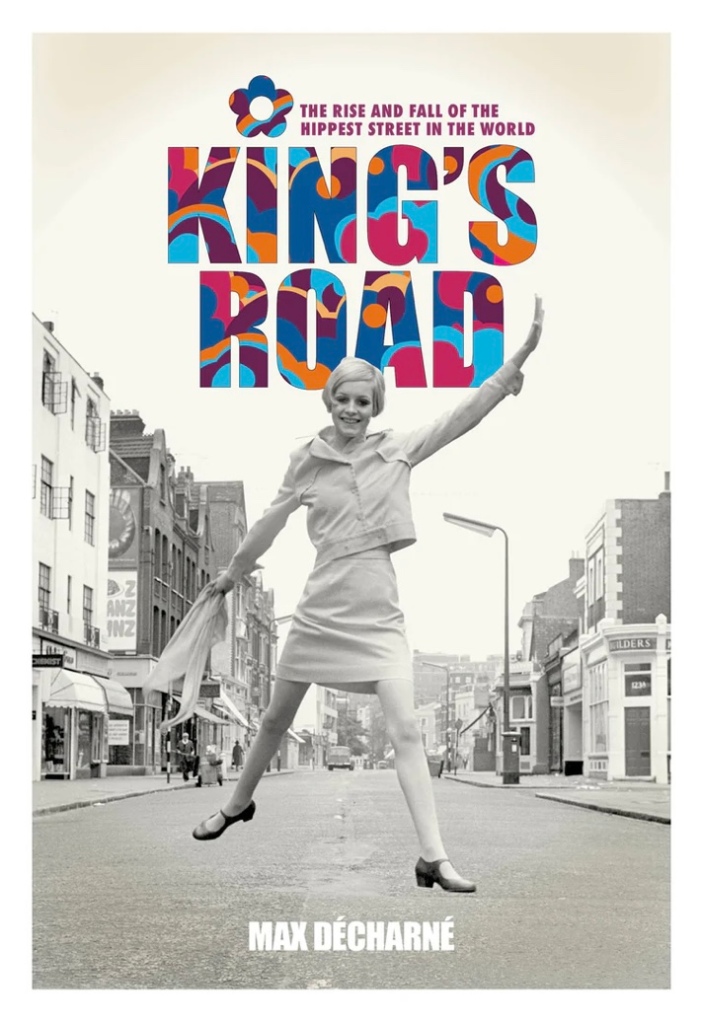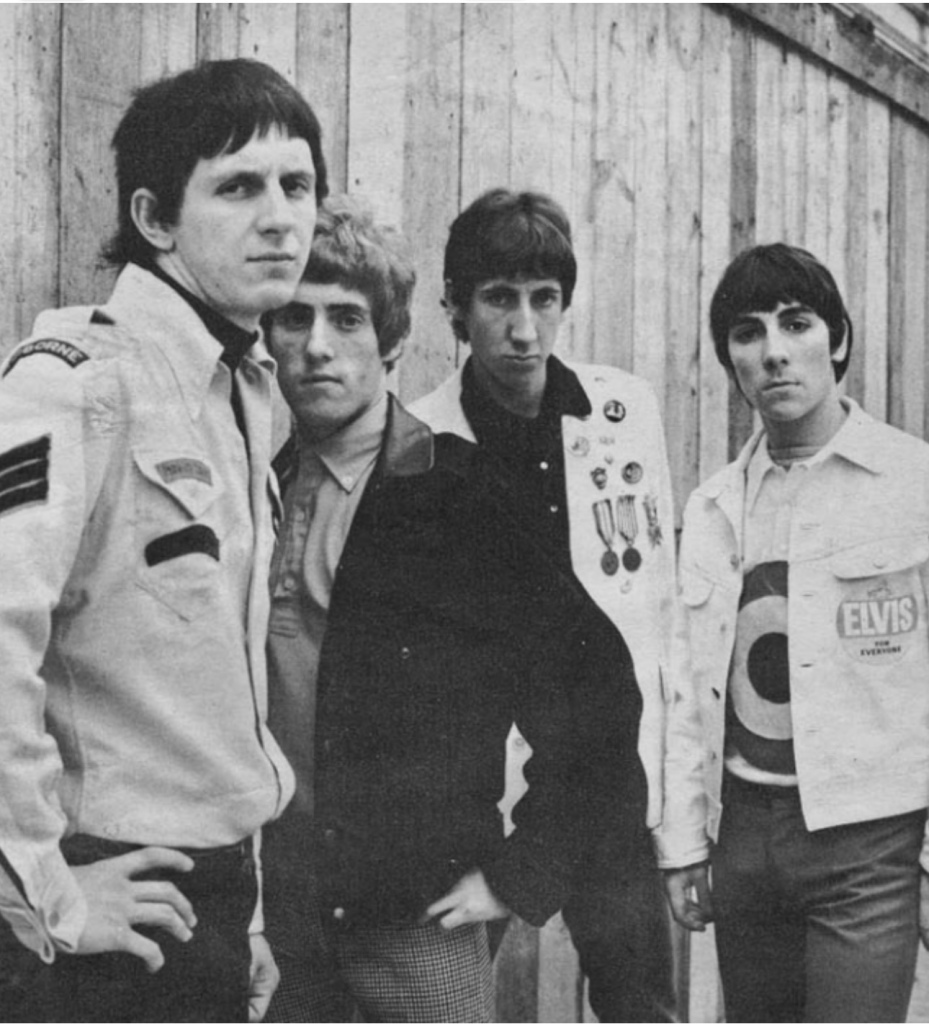
When I was younger, I worried far too much about being ‘cool’. Cool seemed to get you places. You either had it or you didn’t and it was completely indefinable to me. The King’s Road in London, on the other hand, definitely has ‘cool’. Fashionable, smart, hip with a hint of edge.
Perhaps I have just defined it after all.
I was recently commissioned to map this iconic street for the publishing wing of Wise Music, Omnibus Press, who specialise in books about music and musicians. The map will be used as endpapers and a pull out insert for the upcoming special edition of the ‘King’s Road – the Rise and Fall of the Hippest Street in the World’, written by renowned, and certainly cool, music journalist Max Decharne.
The King’s Road is a two mile stretch between Chelsea and Kensington in London. It’s always been connected to fashion, originally used as a private road by the flamboyant King Charles II to travel to Kew. It remained a royal thoroughfare until 1830 but even after then, those fashionable connections continued – the area became the home to artistic luminaries such as Oscar Wilde and Pre-Raphaelite painters Rosetti and Swinburne in the later 19th century.

However, it’s most famous for mid-century cool.
The 60’s brought the fashion of Mary Quant – all bobbed hair, pale lips and the shock of the mini skirt. This was rudely thrust aside in the 70’s and 80’s by Vivienne Westwood, up-ending the world with tartan, pins and the wild eyes of punk. Mods strutted, sharp suited. Hippies drifted in patchouli and powder, protesting the old order.

Music featured strongly with record labels on every corner. Walk the King’s Road and you could meet The Sex Pistols, The Who, the Small Faces, The Kinks, Led Zeppelin, the Beatles edging out those who had gone before. Musicians played there, drank there, set up shop.

At the head of the stretch in Sloane Square still lounges the Royal Court, a fabulous Grande Dame of a theatre. Here, drama is represented by the class-howling play, ‘Look Back in Anger’ by John Osborne, premiering in 1956 as one of the first examples of ‘kitchen sink drama’ in the world. The King’s Road had always been an area of artistic innovation and home to those happy to shock.
The map pinpoints the places, the people and their stories along the road. It explores fashionable street-facing glamour but also the smoky basement dives, only known to some. There are stories of stratospheric success and miserable tumbles from grace. The highs, the lows. The rise and fall. There’s a kind of weird magnetism that manages to attract people to this place, particularly those who think out of the box, take risks and ride the ups and downs of life fearlessly.
I will never have what it takes to be cool. As fast as I chased it in my younger years, the further it ran until eventually I gave up and learnt that it was absolutely fine just to be the not-cool-at-all me. That said, I’m still fascinated by what it is. In the Spring when the London plane trees are starting to blossom, I plan to take a trip down the King’s Road. On a red double decker. In the sun. I’ll look in gallery windows, mooch around the fashion stores and listen to the pavement buskers. I’ll stop off at the odd pub, people-watch and wonder. I’ll not know who they are but, no doubt, there’ll be cultural free thinkers, futurologists, disrupters walking by, all ready to take the risk of a fall in upturning the world once again.
The King’s Road always delivers and I imagine it will always, always be the hippest street in the world.
The special edition ‘King’s Road – The Rise and Fall of the Hippest Street in the World’ by Max Decharne with a map insert by me is publishing 13th April 2023 and you can pre-order here.
